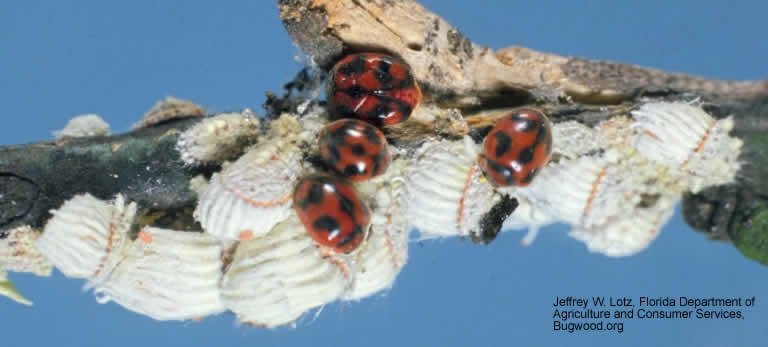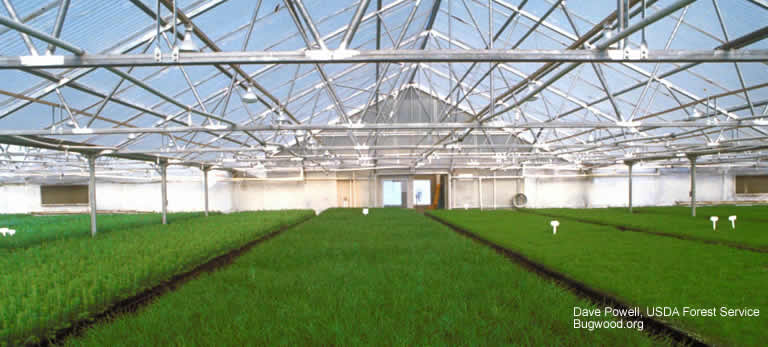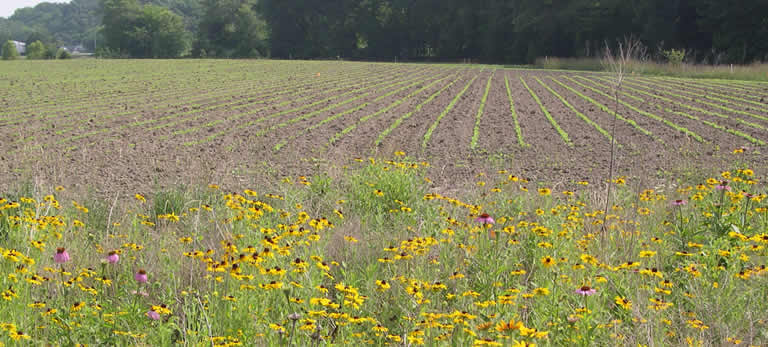Biological Control
go.ncsu.edu/readext?562405
en Español / em Português
El inglés es el idioma de control de esta página. En la medida en que haya algún conflicto entre la traducción al inglés y la traducción, el inglés prevalece.
Al hacer clic en el enlace de traducción se activa un servicio de traducción gratuito para convertir la página al español. Al igual que con cualquier traducción por Internet, la conversión no es sensible al contexto y puede que no traduzca el texto en su significado original. NC State Extension no garantiza la exactitud del texto traducido. Por favor, tenga en cuenta que algunas aplicaciones y/o servicios pueden no funcionar como se espera cuando se traducen.
Português
Inglês é o idioma de controle desta página. Na medida que haja algum conflito entre o texto original em Inglês e a tradução, o Inglês prevalece.
Ao clicar no link de tradução, um serviço gratuito de tradução será ativado para converter a página para o Português. Como em qualquer tradução pela internet, a conversão não é sensivel ao contexto e pode não ocorrer a tradução para o significado orginal. O serviço de Extensão da Carolina do Norte (NC State Extension) não garante a exatidão do texto traduzido. Por favor, observe que algumas funções ou serviços podem não funcionar como esperado após a tradução.
English
English is the controlling language of this page. To the extent there is any conflict between the English text and the translation, English controls.
Clicking on the translation link activates a free translation service to convert the page to Spanish. As with any Internet translation, the conversion is not context-sensitive and may not translate the text to its original meaning. NC State Extension does not guarantee the accuracy of the translated text. Please note that some applications and/or services may not function as expected when translated.
Collapse ▲Biological Control refers to cases where people purposely manipulate populations of natural enemies such as predatory and parasitic insects in order to manage undesirable organisms.
Biological Control is conducted in three main ways.
Importation Biological Control
This usually involves importing an effective natural enemy(ies) from the homeland of an exotic, invasive pest species.

Augmentation Biological Control
This usually involves the purchase of commercial biological control products for release to prevent pest outbreaks, but also to manage outbreaks.
Conservation biological control
This usually involves either modifying pesticide application practices to favor natural enemies, or modifying an environmental condition (e.g., habitat) to favor enemies. 
Natural Control versus Biological Control
Natural control by beneficial insects or other environmental factors happens regardless of whether humans are aware of it or not. Biological control is when humans purposely manipulate populations of beneficial insects to manage undesirable insects.
Insects that Provide Biological Control
Explore these “Beneficial Insects” categories to see some examples of beneficial insects that provide biological control.
Economic Value of Biological Control
Importation biological control can be very cost effective when successful, with cost-benefit ratios exceeding 1:10. In higher-value cropping systems such as greenhouses, orchards or nurseries, augmentation biological control can be a cost-effective approach to managing insect pests. Although the economic benefits of using beneficial insect habitat are hard to calculate, modifying pesticide use practices can pay big dividends. Simply adopting a practice called Integrated Pest Management (IPM) will result in greater effectiveness of beneficial insects and economic benefits to farmers (see for example Furlong 2004).


